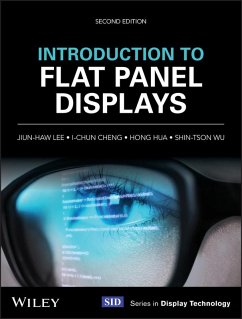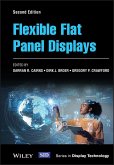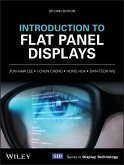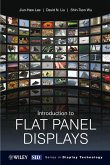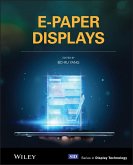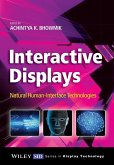THE PERFECT GUIDE TO FLAT PANEL DISPLAYS FOR RESEARCHERS AND INDUSTRY PERSONNEL ALIKE Introduction to Flat Panel Displays¯, 2nd Edition is the leading introductory reference to state-of-the-art flat panel display technologies. The 2nd edition has been newly updated to include the latest developments for high pixel resolution support, high brightness, improved contrast settings, and low power consumption. The 2nd edition has also been updated to include the latest developments of head-mounted displays for virtual and augmented reality applications. Introduction to Flat Panel Displays introduces and updates both the fundamental physics and materials concepts underlying flat panel display technology and their application to smart phones, ultra-high definitions TVs, computers, and virtual and augmented reality systems. The book includes new information on quantum-dot enhanced LCDs, device configurations and performance, and nitrate-based LEDs. The authors also provide updates on technologies like: * OLED materials, including phosphorescent, TTA, and TADF OLEDs * White light OLED and light extraction * OLED for mobile and TV * Light and flexible OLED * Reflective displays, including e-paper technology * Low power consumption displays The perfect reference for graduate students and new entrants to the display industry, Introduction to Flat Panel Displays offers problem and homework sets at the end of each chapter to measure retention and learning.
Dieser Download kann aus rechtlichen Gründen nur mit Rechnungsadresse in A, B, BG, CY, CZ, D, DK, EW, E, FIN, F, GR, HR, H, IRL, I, LT, L, LR, M, NL, PL, P, R, S, SLO, SK ausgeliefert werden.

